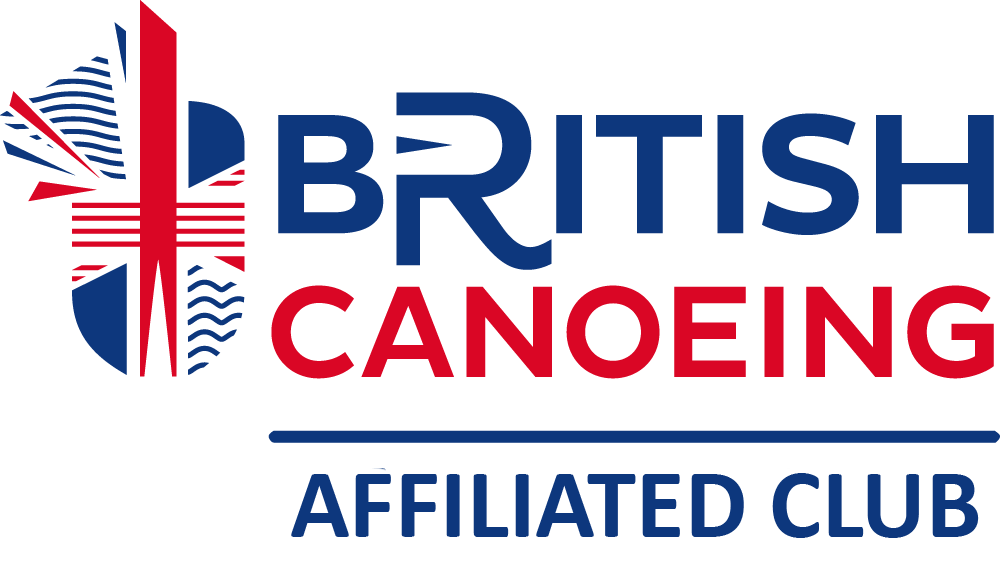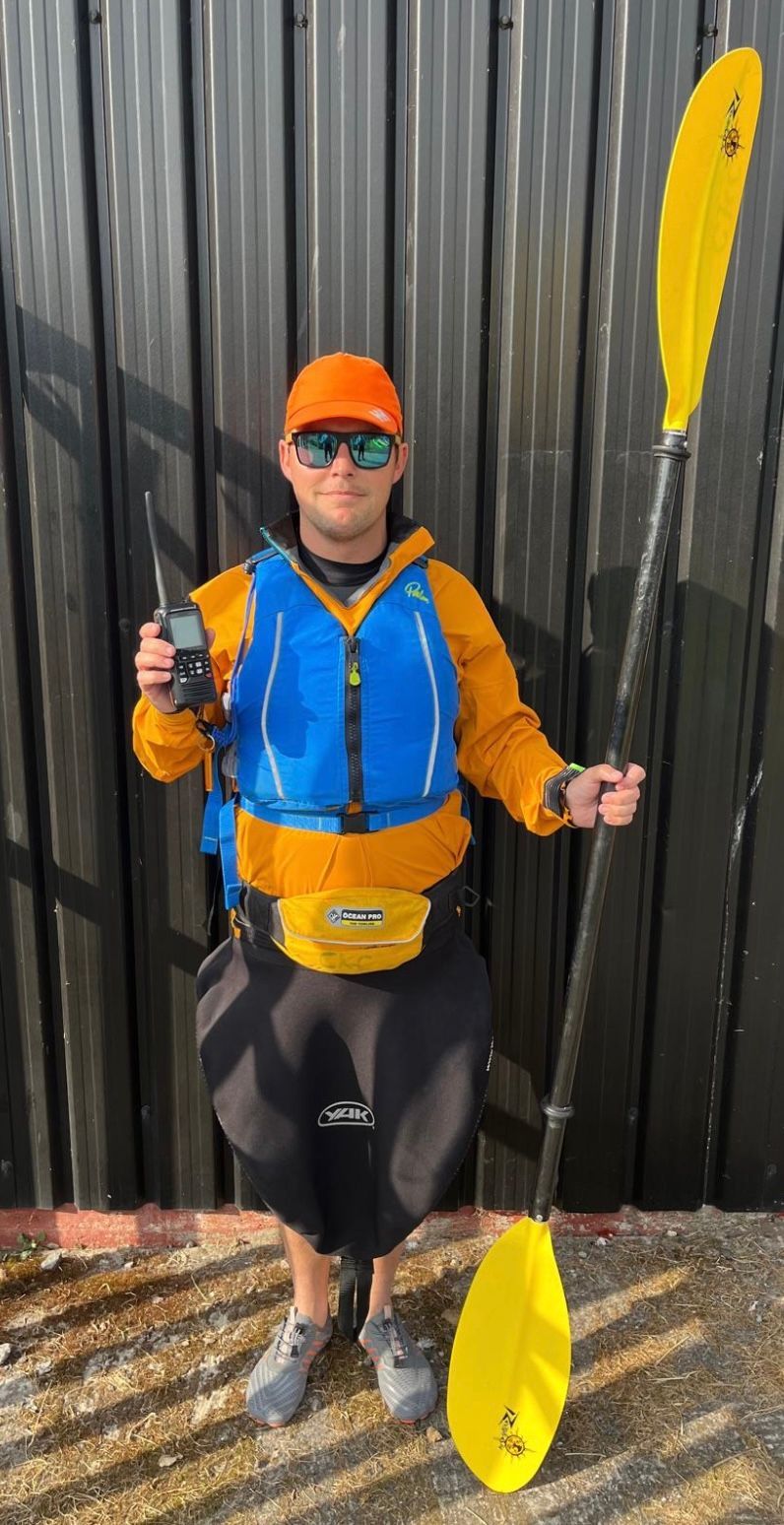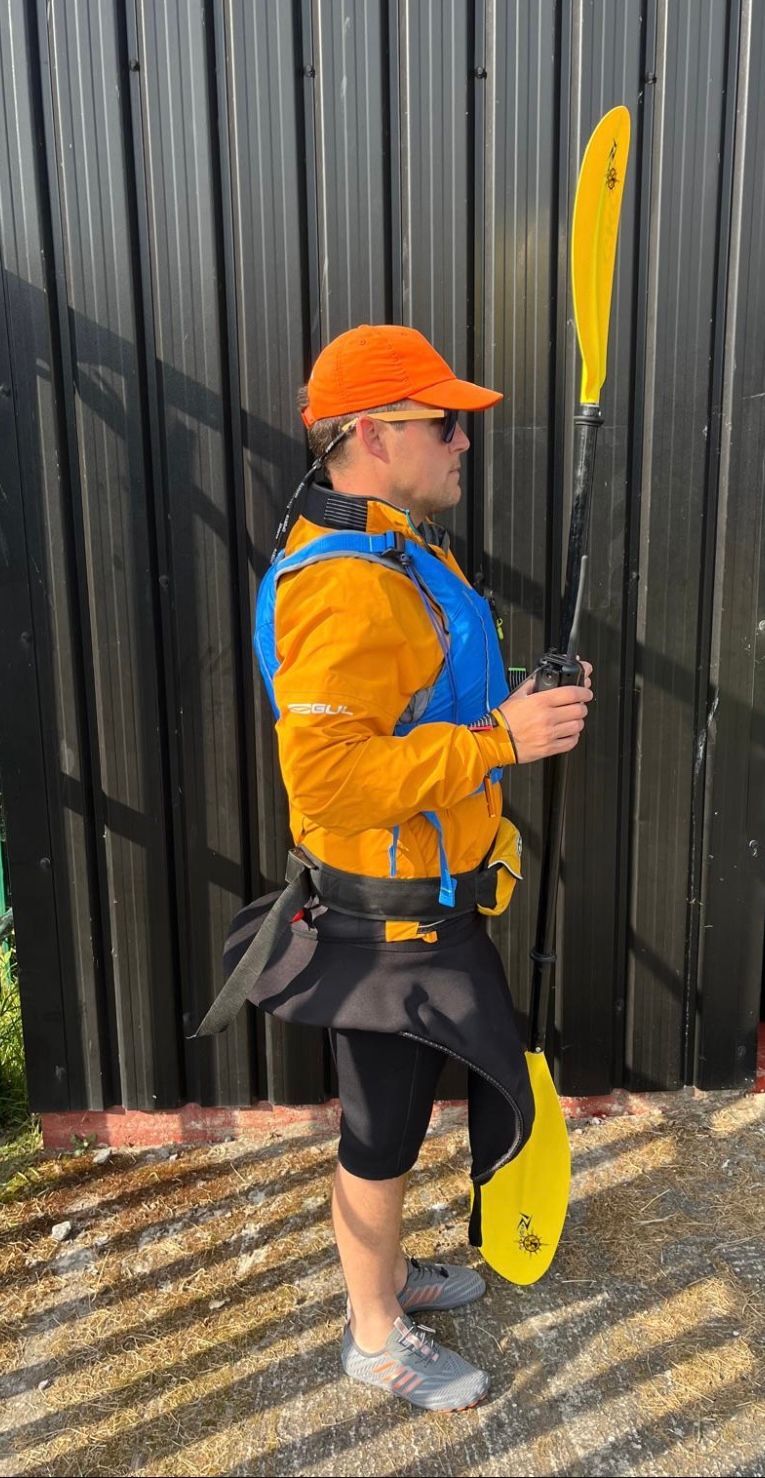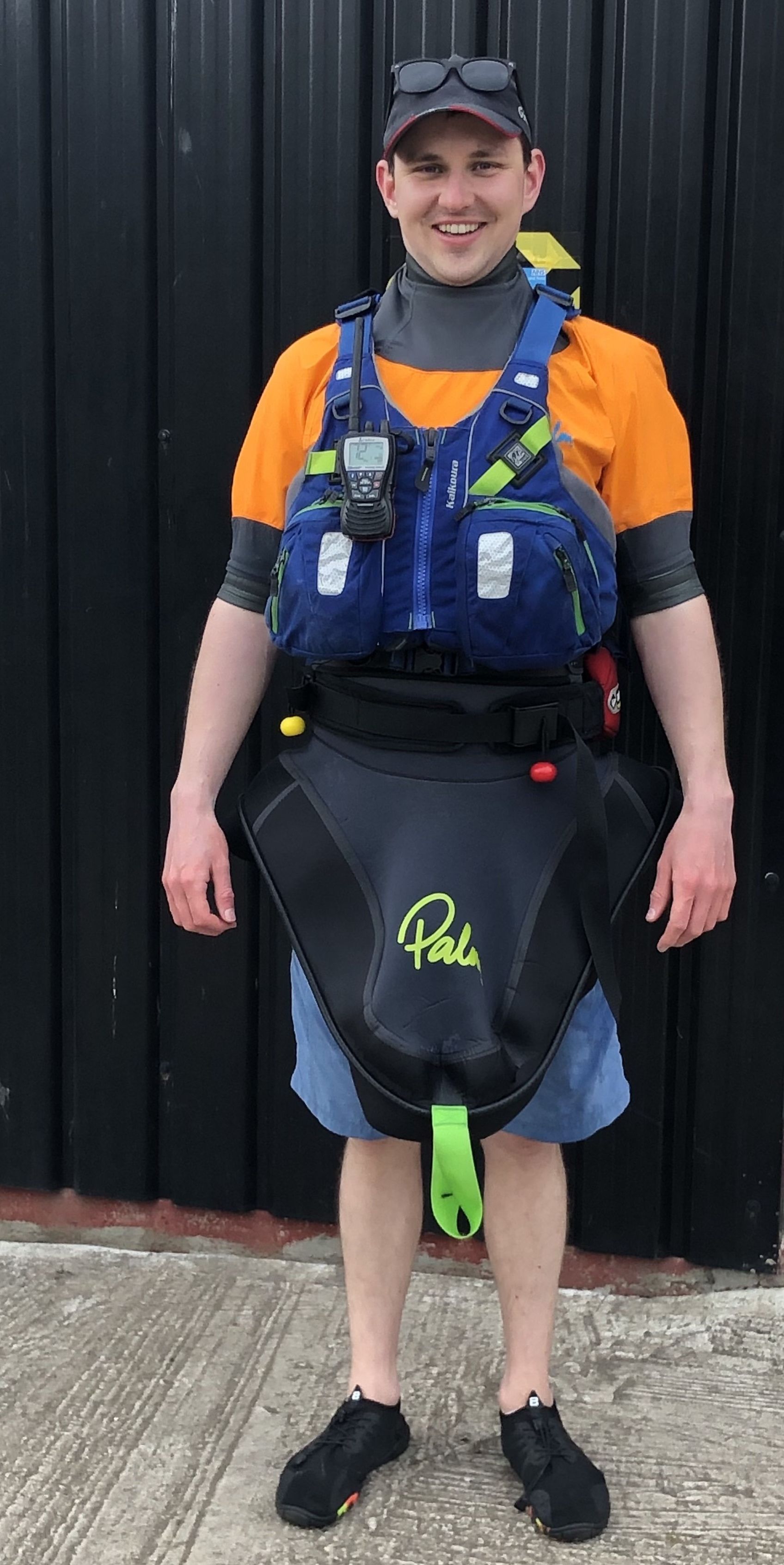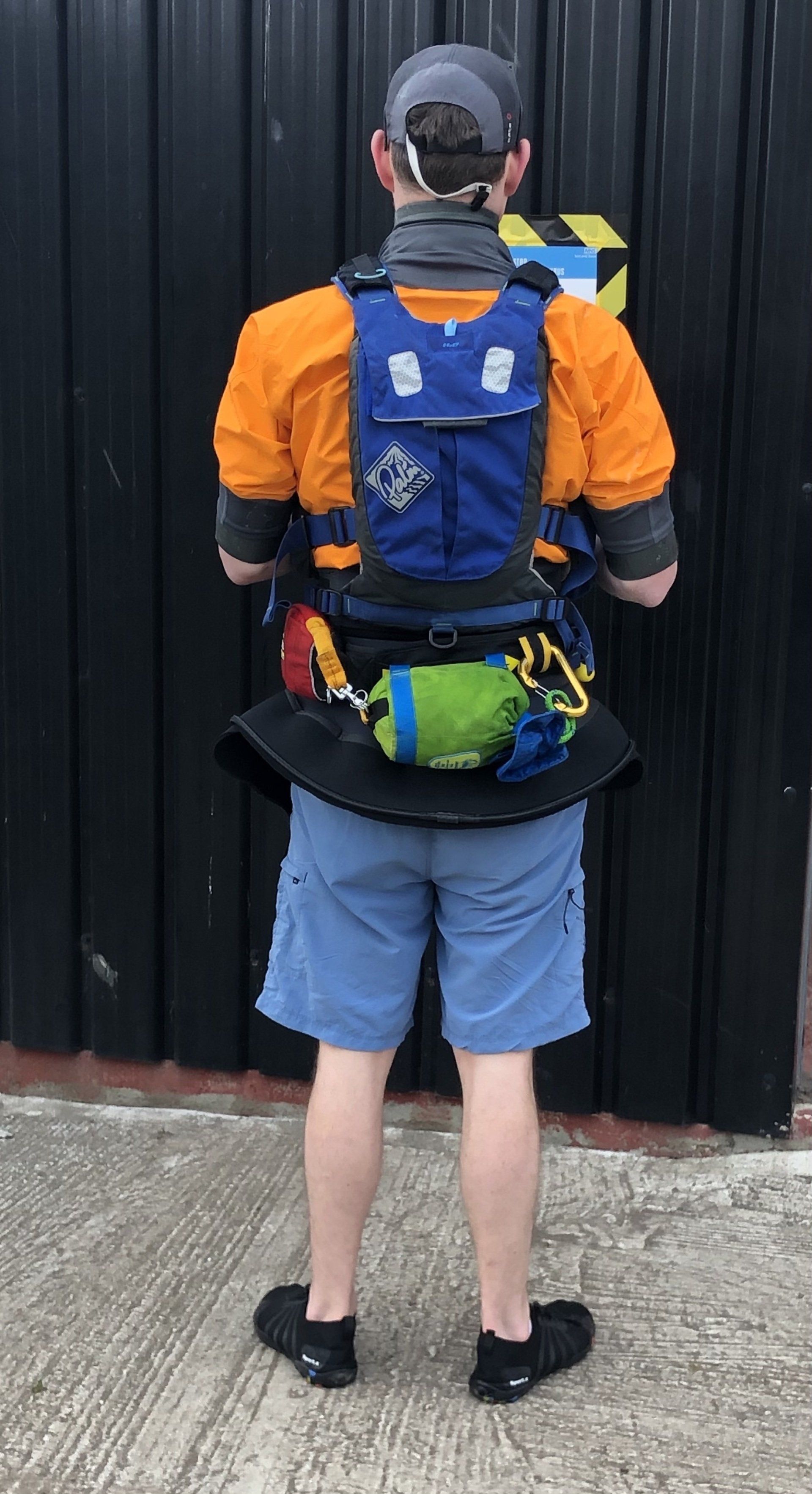So, you're thinking about taking up sea kayaking and wondering what equipment you'll need?
Broadly, gear tends to fall into four categories: essentials, recommended items, useful extras, and the occasional impulse buy.
Some items will get used on every trip, others only in specific situations or not at all. What you pack should depend on the weather, the sea conditions, and how far you’re going.
This guide focuses on sea kayaking, which often involves carrying more gear. You’ll notice that some paddlers bring a lot rest assured, between the group, most needs are usually covered.
With experience, you’ll find what makes your time on the water more comfortable. A hot drink, a snack, or even a proper lunch can go a long way. Eventually, you’ll want your own gear but don’t feel pressured to buy something just because someone else has it, a £400 paddle might be appealing, but if you won’t use it for months, maybe hold off.
Be practical: Is there any point owning a tow line if you haven’t learned how to use it yet? Do you need a spare paddle or first aid kit, or can you rely on the group for now?
As your skills grow, and your trips get longer or more challenging, your gear needs will shift. Items you once saw as optional may become essential. While you don’t need to spend a fortune early on, quality gear pays off in the long run especially in saltwater environments.
For your first few paddles, you can get by with basic kit. Avoid cotton (it holds moisture), wear old clothes and trainers, and dress in layers.
To help you get started, here’s a simple list of what to bring (and what can be hired) for your first few sea kayaking sessions:
Club-Provided Gear:
- Buoyancy aid (PFD)
- Spray deck
- Cagoule or paddling jacket
- Kayak and paddle
What You Should Bring:
- Clothing:
- Non-cotton base layers (synthetic or wool)
- Several thin layers rather than one thick one
- Old trainers or water shoes
- Spare clothes and a towel (in case you get wet)
- Drink (water or a warm flask, depending on the weather)
- Snacks or a packed lunch (if you're out for a while)
- Hat (sun hat or warm beanie depending on the season)
- Sunscreen and sunglasses (yes, even in winter)
Optional Comfort Items:
- Dry bag to keep clothes/food dry
- Sit pad or foam mat for breaks
- Small first aid kit
- Gloves or pogies (for colder weather)
- Lightweight waterproof trousers
By Failing To
Prepare
You Are Preparing To Fail
Benjamin Franklin
- Kayak
- Paddles
- Paddle Leash
- Personal flotation
- Spray Skirt
- Neoprene Footwear
- Cagoule
- Waterproof Trousers
- Quick Dry Shorts
- Rash Vest
- Signalling Whistle
- Bilge Pump
- Dry Bag
- Water Bottle
- Mobile Phone (waterproof case)
- Sun Cap
- Waterproof Beanie
- Sweeties - A Must!
- Permits & Licence
- VHF Radio
- Paddling knife
- Towline
- Stirrup Rescue Strap
- Compass
- Watch
- Spare Paddle
- Paddle Float
- Dry Suit
- Thermal Layer
- Neck Gater
- Gloves
- Poggies
- Kayak Trolley
- Kayak Repair Kit
- GPS Device
- First Aid Kit
- Headlamp (extra batteries)
- Previous +
- Sun Screen
- Sunglasses
- Lip Balm
- Insect Repellant
- Painkillers
- Matches
- Towel
- Spare Clothes
- Emergency Shelter or Tent
- Energy Food
- Fluids

